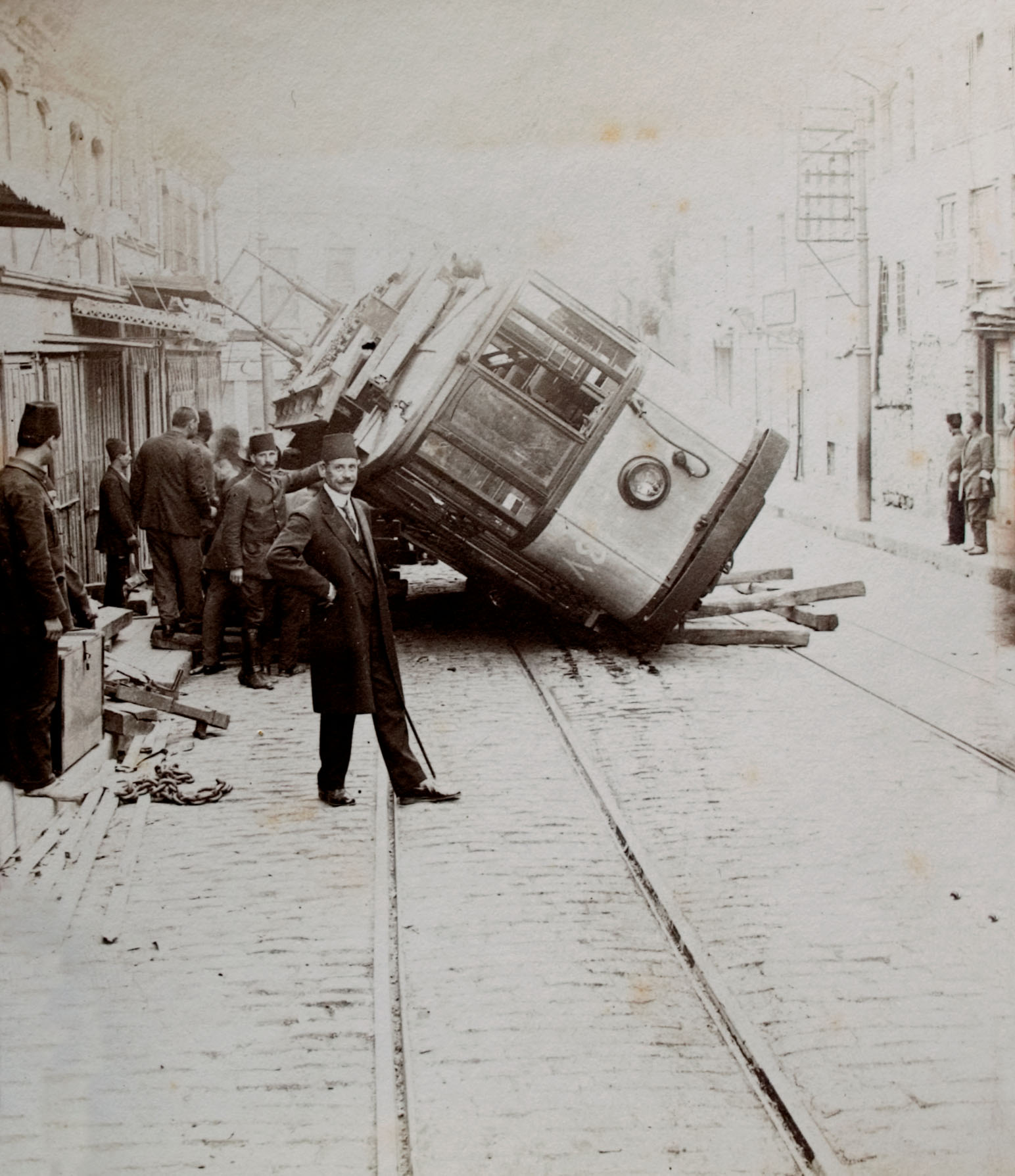
Chamber Talk
Industrial Revolution in Daily Life: Society and Technology from the Ottoman Empire to the Republic
Candan Sezgin
Thursday 28th February
During the 19th century in which all kinds of inventions, tools, and methods that would accelerate production were brought to fore, the Industrial Revolution, which had a strong impact on Europe and America, created an inevitable pressure on the Ottoman Empire with respect to pursuing and acquiring such innovations during the same years.
The New Order (Nizam-ı Cedid) Sultan Selim III implemented in the military and administrative domains, the attempts to simultaneously or gradually import new technologies during the reign of Sultan Mahmud II, and the establishment of new factories and production units across the lands of the Empire were the first steps towards the changes put into effect in the 19th century. Gradually, such changes had a major impact on the lives of the public in the Ottoman Empire.
During the Crimean War (War of 93) between1853 and1855, the coastal towns of the Empire –most notably İstanbul– served as a common lebensraum for countless wounded soldiers from England, France, and Austria, which were the allies of the Ottomans against the Russians at the time, as well as the Europeans who either volunteered or were appointed to care for them.
This period, which allowed the Ottoman public to experience cohabitation with foreigners for the first time on a long-term basis with respect to sharing the daily life practices of the former, was an exceptional time in which interaction with foreigners considerably increased and technological innovations and products previously unknown to the locals were introduced.
As of the middle of the century, technological products, the range and number of which increased daily on the Ottoman market, began to appear in newspapers and fliers. Apart from the public’s introduction to, acquisition, and use of these new products and methods, their reactions to such innovations were described, in an interesting manner, in the official and private correspondence of the period, as well as the memoirs written during the same years.
In light of documents, newspaper articles, photographs, caricatures, and memories, Candan Sezgin concentrated on the colourful period that introduced the Ottoman public to such innovations and concepts such as invention, patent, royalty, contract, agreement, crisis, strike, insurance, capital, mass production, banknote, bank, company, etc., and had significant repercussions until the 1950.
Those who missed the talk can watch it here (video language is Turkish):